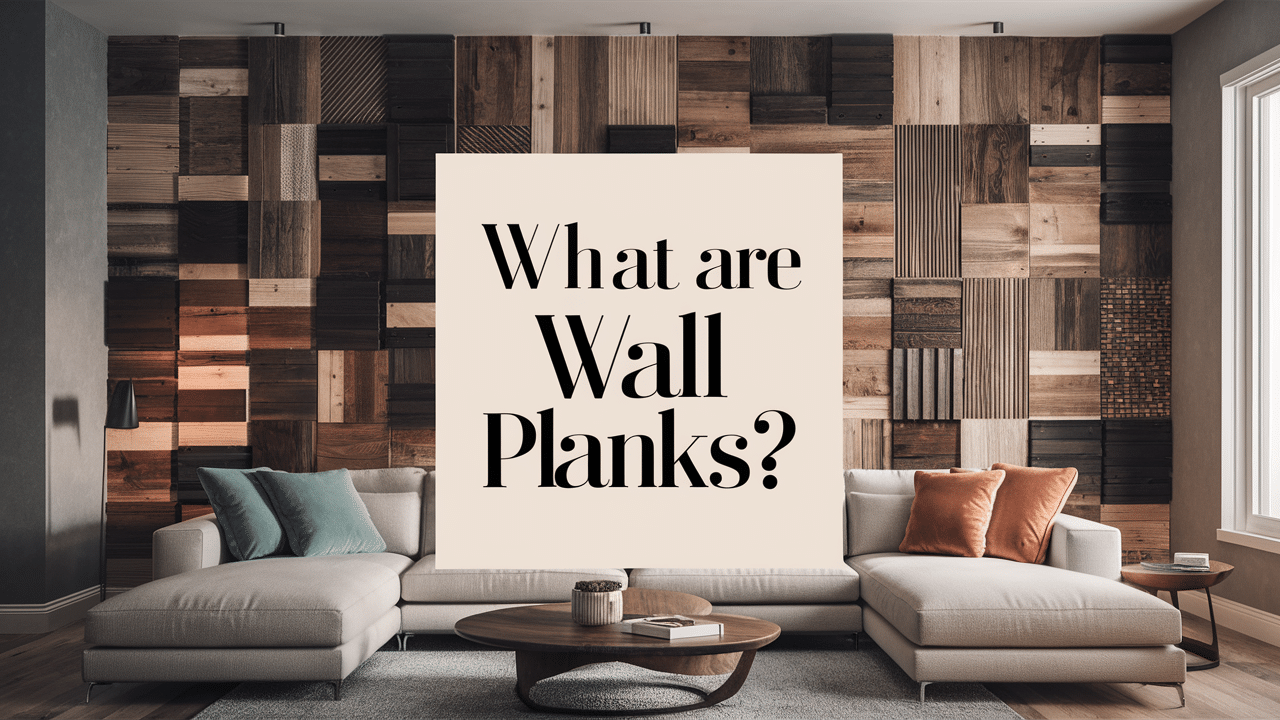Wall planks are a simple and stylish way to update any room. They are boards or panels that cover a wall, adding texture and visual interest. Wall planks can be made from different materials, like wood, MDF, or PVC, and come in many styles and finishes.
They’re a great option if you want to change the look of a room without a big, expensive renovation. Installing wall planks is easier than it sounds, and anyone, even beginners, can do it.
In this blog, I’ll explain what wall planks are, how to use them, and the benefits they offer. If you’re looking for an easy way to refresh your walls, wall planks might be the perfect solution for you. Let’s look at all the details you need to know!
What Are Wall Planks?
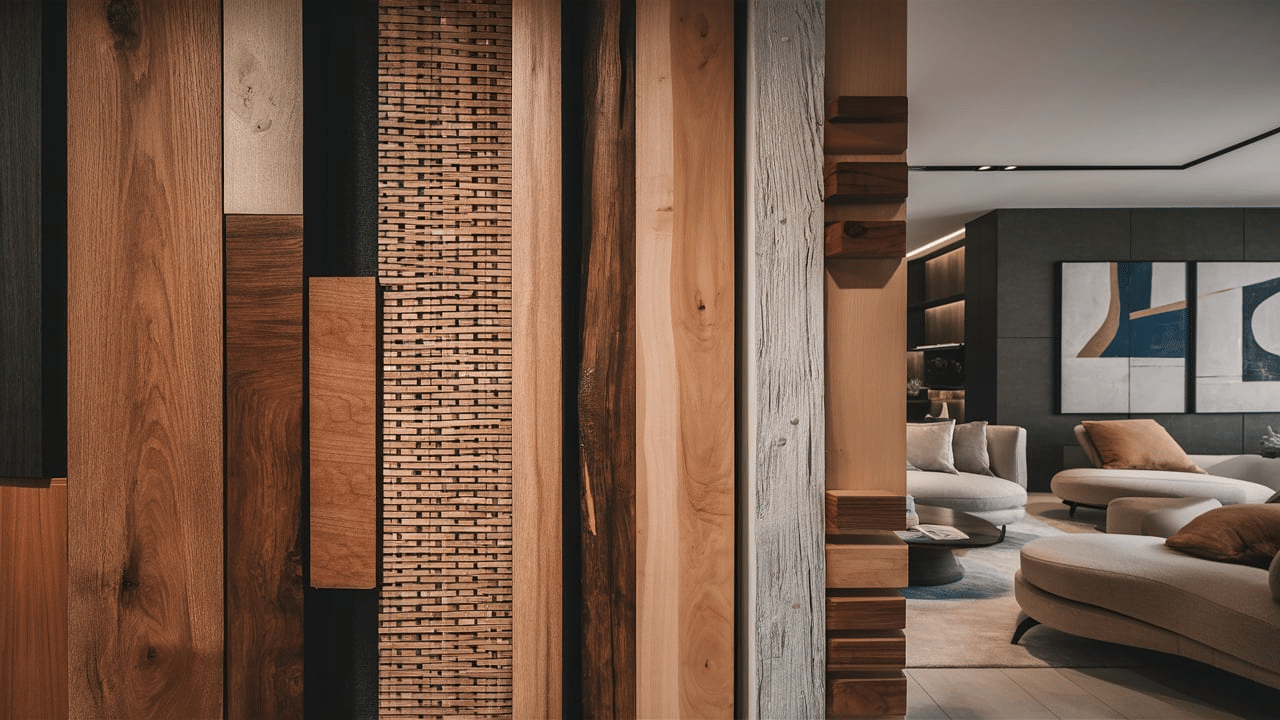
Wall planks are flat, thin pieces of wood, plastic, or other materials used to cover walls. They are often used to add texture and create a different look for a room. Depending on the style you want to achieve, wall planks are typically installed vertically or horizontally. You can use them to cover an entire wall or just part of it.
Wall planks can come in different sizes, shapes, and materials, making them a flexible option for a variety of design styles. You can choose from natural wood for a rustic look, painted MDF for a clean and modern style, or even PVC for a more durable option that’s easy to maintain.
Types of Wall Planks
There are different types of wall planks available, each offering a unique look and benefits. Let’s take a closer look at the most common types.
1. Wood Wall Planks
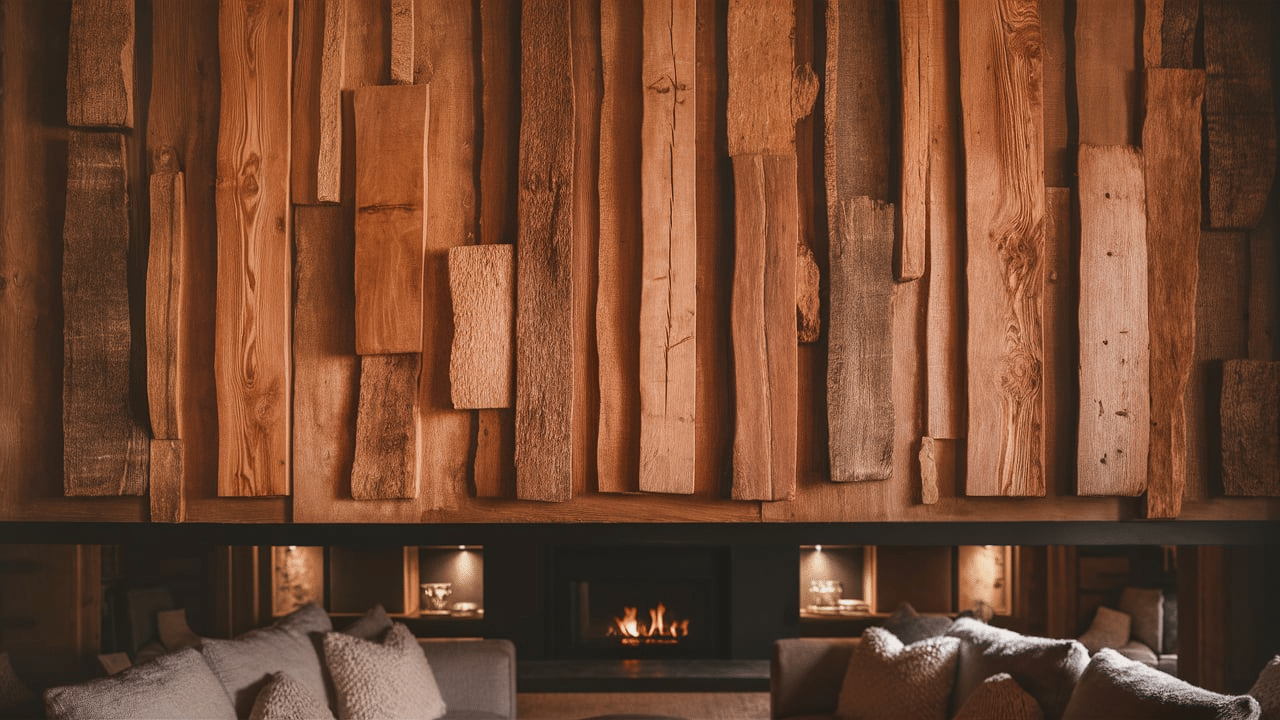
Wood wall planks are one of the most popular choices for many homeowners. They provide a warm, natural look that adds a lot of character to any room. Wood wall planks are available in many types of wood, including oak, pine, and cedar. Each type of wood offers a different color and grain pattern, allowing you to customize the look of your walls.
2. MDF Wall Planks

MDF, or medium-density fiberboard, is a type of engineered wood. MDF wall planks are smooth and often come in pre-painted or veneered finishes. They can be a more affordable alternative to real wood and are often used in modern and minimalist designs. MDF planks are also easy to work with and are less likely to warp or shrink compared to solid wood.
3. PVC Wall Planks
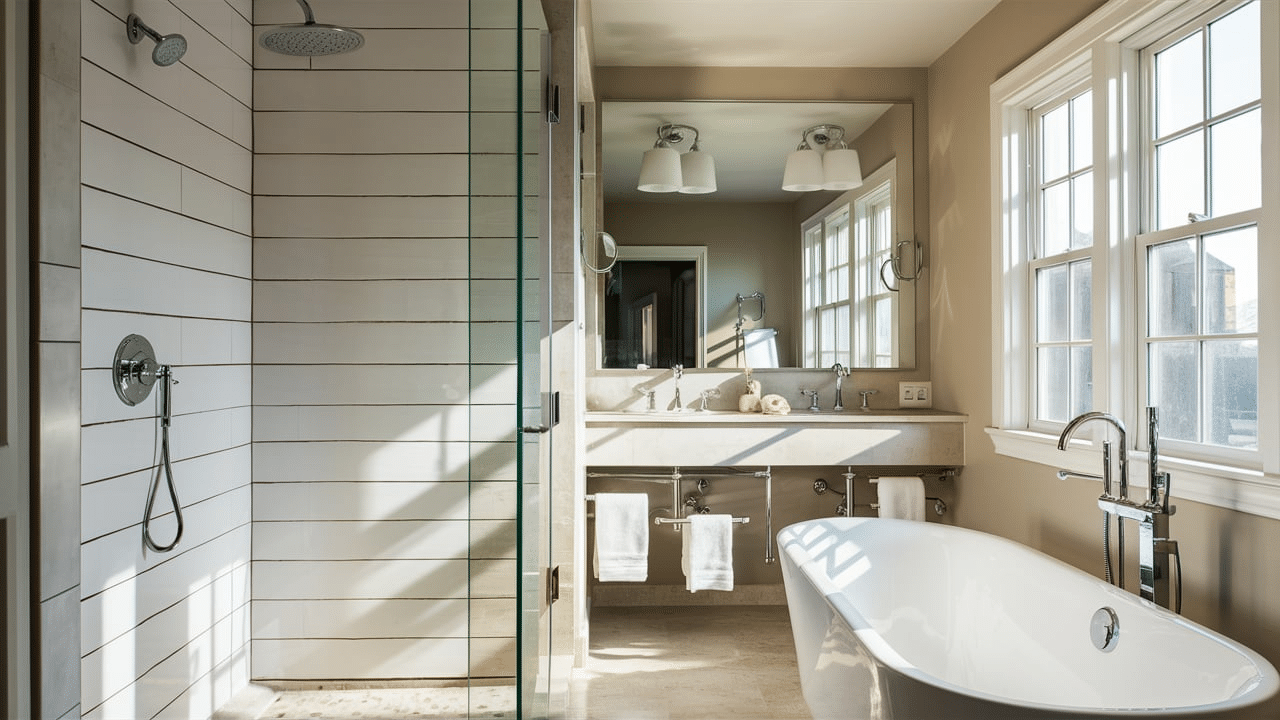
PVC wall planks are made from plastic and are designed to be durable and moisture-resistant. They’re a great choice for areas that get wet, like bathrooms or kitchens. PVC planks are easy to clean and come in various styles that mimic the look of wood or tile. They are also low-maintenance, making them ideal for busy households.
4. Peel-and-Stick Wall Planks
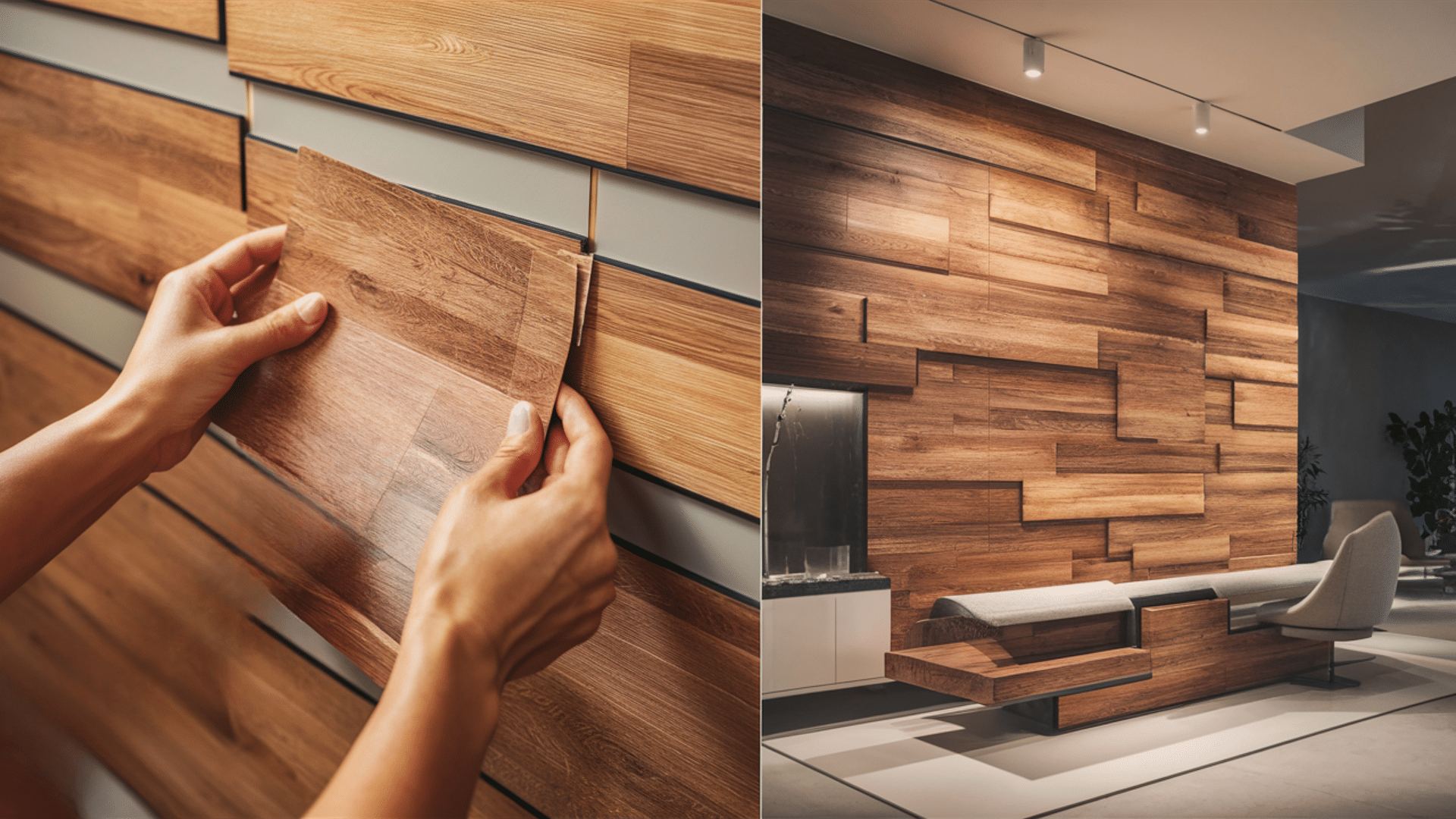
Peel-and-stick wall planks are a convenient option for DIY projects. These planks have an adhesive backing, which makes them easy to apply to the wall. They can be made from wood, MDF, or vinyl and are available in a variety of styles and finishes. Peel-and-stick wall planks are perfect for renters or anyone who wants a temporary or non-permanent solution.
Benefits of Using Wall Planks
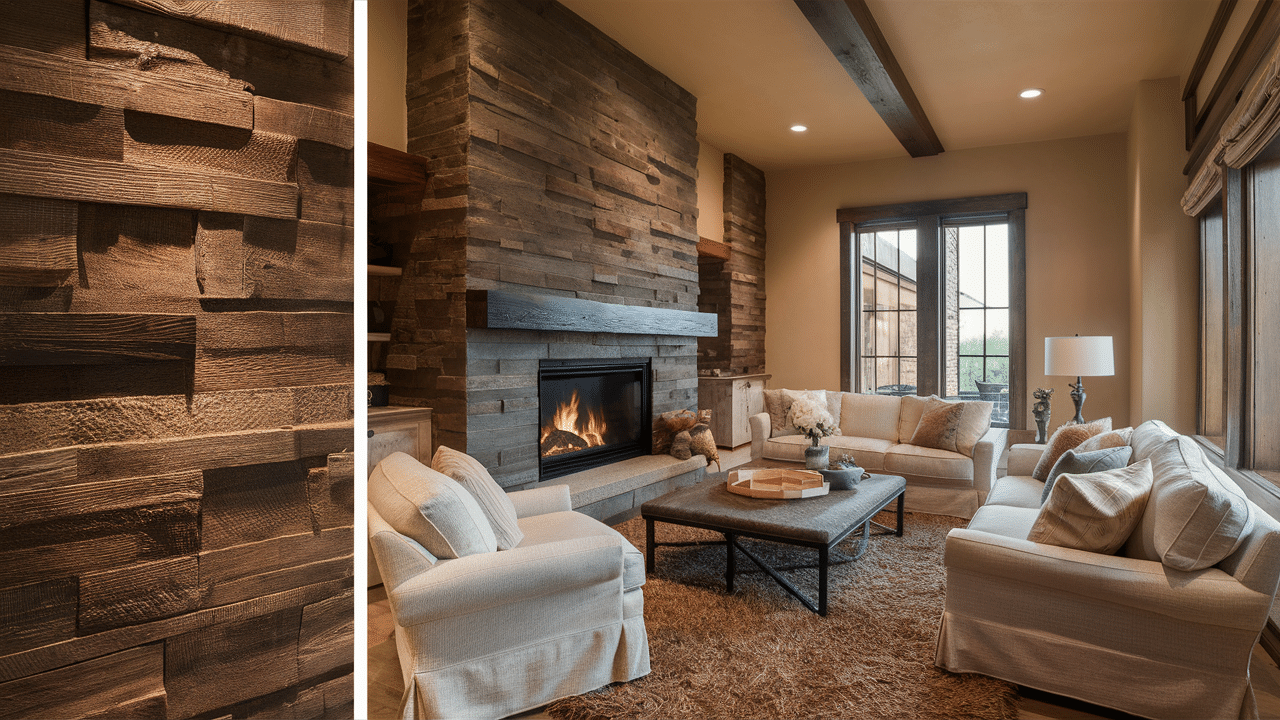
Wall planks offer several benefits that make them a great choice for updating your home. Let’s explore some of these advantages.
1. Adds Texture and Visual Interest
One of the main reasons people use wall planks is to add texture to their walls. Smooth, plain walls can sometimes feel dull, but wall planks instantly change the look by creating depth and interest. Whether you choose vertical or horizontal planks, the different lines and patterns will draw attention and give the room a more dynamic feel.
2. Easy to Install
Installing wall planks is easier than you might think. Many wall planks come with tongue-and-groove designs, which means they easily click together and fit snugly on the wall. For peel-and-stick planks, all you need to do is remove the backing and stick them onto the wall. You don’t need to be an expert in home improvement to install wall planks, which makes them a popular choice for DIY projects.
3. Affordable Makeover
Wall planks are a more affordable way to refresh a room compared to other renovation options. Installing wall planks is less expensive than repainting or replacing the entire wall. Plus, wall planks often require less maintenance over time, making them a smart investment for your home.
4. Durable and Long-Lasting
Depending on the material you choose, wall planks can be incredibly durable. For example, wood and PVC planks are built to last and can stand up to wear and tear. In addition, wall planks are often resistant to scratches, dents, and other damage, making them ideal for high-traffic areas or homes with children or pets.
5. Easy to Maintain
Wall planks are easy to clean and maintain. Wood planks can be wiped down with a damp cloth, while PVC and MDF planks are even easier to care for. If you use peel-and-stick planks, they can be removed and replaced if they get damaged, offering a quick and simple way to keep your walls looking fresh.
How to Install Wall Planks
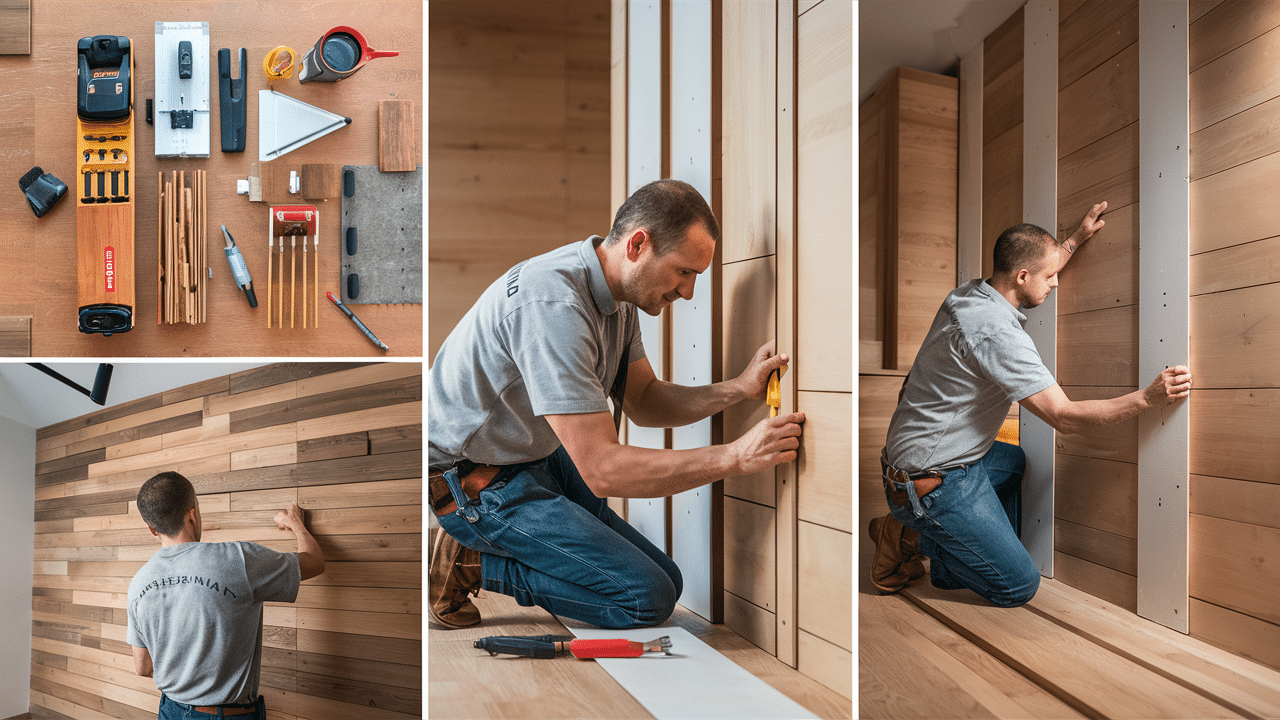
Installing wall planks is a relatively simple process. You can do it yourself in just a few steps, even if you’ve never done home improvement projects before. Here’s how to install wall planks in a few easy steps:
Step 1: Prepare the Wall
Before you start, make sure the wall is clean and smooth. Remove any dirt, dust, or old wallpaper. If the wall has any holes or imperfections, fill them in with spackle or wall filler and let it dry completely. This will ensure the planks adhere properly.
Step 2: Measure and Cut the Planks
Next, measure the area where you want to install the wall planks. Use a tape measure to get the dimensions of the wall, and make sure the planks you’ve chosen will fit. If you need to cut the planks to size, use a saw to carefully trim them.
Step 3: Apply Adhesive or Nail the Planks
For peel-and-stick planks, remove the backing and press them onto the wall, starting from the bottom and working your way up. If you’re using wood or MDF planks, apply construction adhesive to the back of each plank and press it into place. Depending on the material, you may also need to use nails or a nail gun to secure the planks.
Step 4: Finish the Edges
Once all the planks are in place, use a trim or molding to finish the edges of the wall. This will give the wall a polished look and cover any rough edges where the planks meet the corner or ceiling.
Step 5: Enjoy Your New Wall
After everything is installed, step back and admire your work! Wall planks instantly change the look of any room, adding texture, warmth, and style. Enjoy your newly updated space!
Where to Use Wall Planks
Wall planks can be used in any room of your home. A few ideas for where you can use them are:
- Living Room: Wall planks can create a cozy and inviting atmosphere in your living room. You can install them behind a fireplace to make the area stand out or use them on one wall to add texture and interest without overwhelming the space.
- Bedroom: Wall planks can add a rustic or modern touch to your bedroom. Install them behind your bed for a stylish accent wall, or use them to create a feature wall in a corner.
- Kitchen: Wall planks are a great option for the kitchen, especially in areas like the backsplash or dining nook. PVC planks are especially useful in kitchens because they are moisture-resistant and easy to clean.
- Bathroom: Wall planks can make bathrooms feel more spa-like. Use waterproof materials like PVC for durability in high-moisture areas. Wall planks can also be used as a decorative feature in small bathrooms or around the vanity.
- Hallways and Entryways: In hallways and entryways, wall planks can help create a welcoming vibe. Use them to make a small space feel more open and inviting. You can also use them in mudrooms to add texture and make the area feel more organized.
Wall Plank Design Ideas
Wall planks come in various styles, so you can customize the look to match your home’s design. A few ideas for how to style your wall planks are:
1. Horizontal Planks: Horizontal planks create a sense of width and make a room feel larger. This design is great for narrow spaces like hallways or small living rooms.
2. Vertical Planks: Vertical planks draw the eye upward and make a room feel taller. This design is perfect for rooms with low ceilings or if you want to make a space feel more spacious.
3. Staggered Planks: Staggered planks give a more natural and rustic look. This design involves placing planks so that they don’t line up perfectly, creating a more casual and organic feel.
4. Contrasting Colors: Planks in different colors can create a striking effect. Light and dark wood planks or mixing painted MDF with natural wood can give your walls a bold and unique look.
How to Care for and Maintain Wall Planks
Caring for wall planks is simple and helps them stay looking great. Some easy steps to maintain them are:
1. Regular Dusting: Dust wall planks regularly using a soft cloth or microfiber duster to keep them clean and free from dirt. This helps maintain their appearance and prevents allergens from building up.
2. Wipe Down Periodically: Every few weeks, wipe the planks with a damp cloth to remove any grime. Be careful not to use too much water, especially on wood planks, to prevent warping.
3. Protect from Moisture: Avoid excessive moisture on wall planks, especially wood. If your planks are in a high-humidity area, consider using water-resistant materials like PVC or sealed wood.
With these simple steps, you can keep your wall planks in great condition for years.
Conclusion
Wall planks are an easy and affordable way to give your walls a fresh look. They come in various materials like wood, MDF, and PVC, each offering unique benefits to fit different needs and styles.
By choosing the right material, following the proper installation steps, and regularly maintaining the planks, you can ensure your walls stay looking great for a long time. Wall planks are versatile and can be used in many areas of your home, from the living room to the bathroom.
With so many design options available, you can easily find the perfect style to match your home’s décor. If you’re looking for a simple, stylish update, wall planks might be the perfect choice for your next project.
Frequently Asked Questions
Are wall planks removable?
Peel-and-stick wall planks are removable, making them ideal for renters or temporary setups. Other types, like wood or MDF, may require more effort to remove and could damage the wall underneath.
Can wall planks be painted?
Yes, most wall planks, especially MDF and wood, can be painted. If you choose to paint them, make sure to use the right type of paint for the material to ensure a long-lasting finish.
Are wall planks safe for children’s rooms?
Wall planks can be a safe option for children’s rooms as long as they are securely installed. Avoid sharp edges and use low-VOC paints if necessary.
Can wall planks be used in high-humidity areas?
Yes, but it’s best to use moisture-resistant materials like PVC or treated wood in bathrooms or kitchens. These materials are better suited to withstand the damp conditions.

